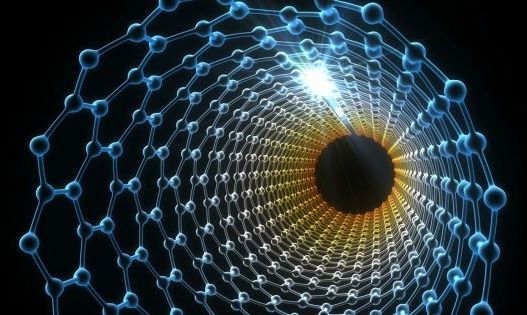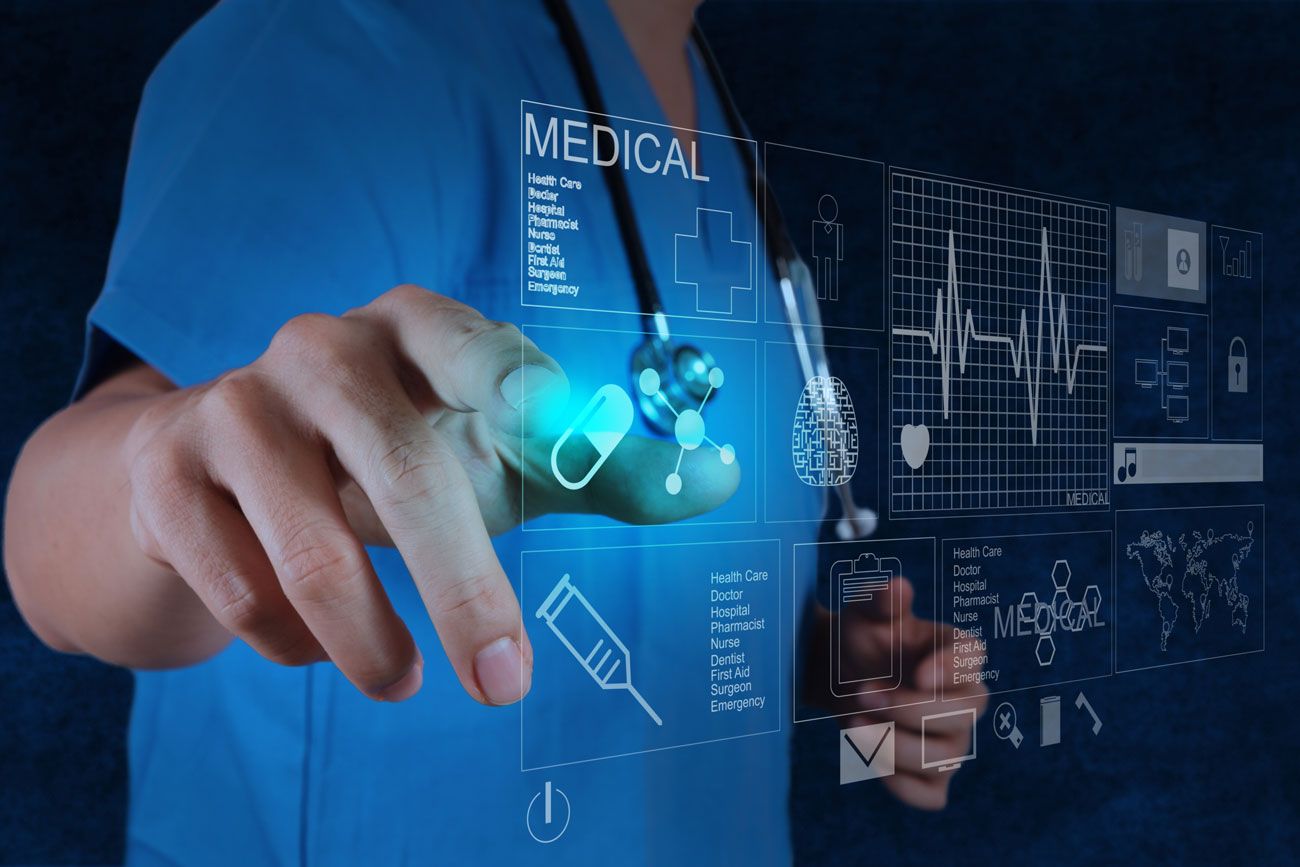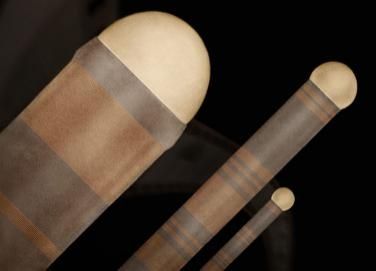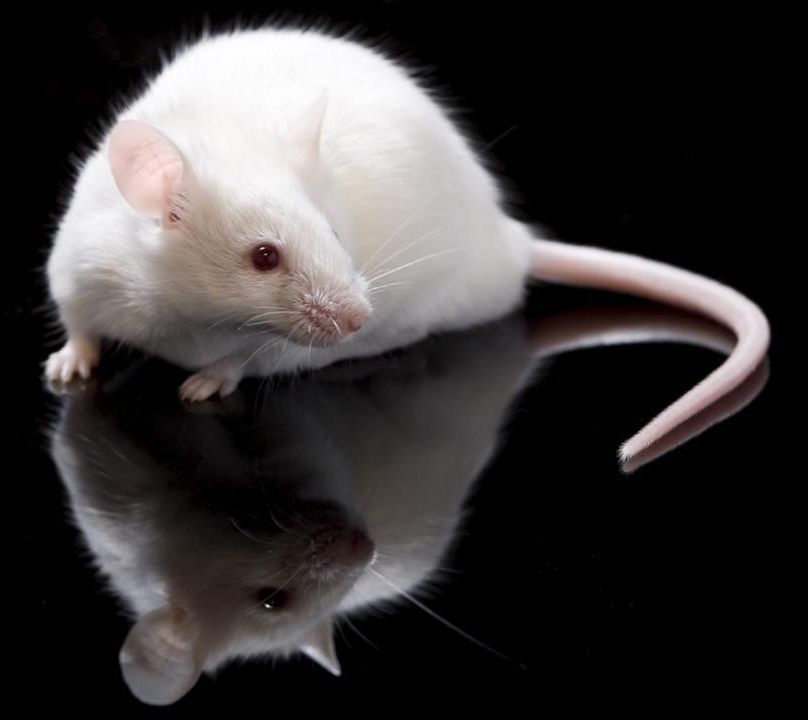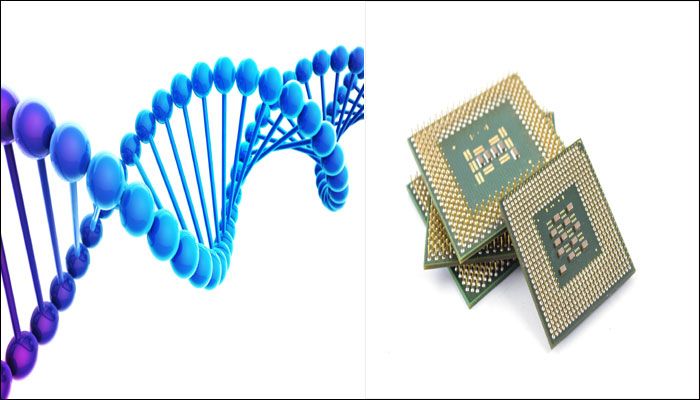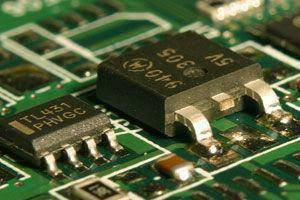Mar 28, 2016
Silicon ‘nano-balls’ have wiped out metastatic breast cancer in mice
Posted by Klaus Baldauf in categories: biotech/medical, health, nanotechnology
Despite all our advances in cancer research, our best strategy of fighting the disease is still brute force, with only a fraction of the drugs administered actually reaching the tumour cells, and most being absorbed into healthy tissue. When cancer spreads, the likelihood of medication reaching it gets even lower, which is why secondary, or metastatic, tumours can be so deadly.
But now, researchers have used cancer’s own tricks against it, by developing dissolvable nanoparticles that target the heart of metastatic tumours directly. And they’ve already seen unprecedented success in mouse studies, with 40–50 percent of the animals being “functionally cured”, and tumour-free after eight months — the equivalent of about 24 years for a human patient. The team is so excited by these results, they hope to fast-track the research and begin human trails in 2017.
“I would never want to overpromise to the thousands of cancer patients looking for a cure, but the data is astounding,” said one of the researchers, Mauro Ferrari, from the Houston Methodist Research Institute. “We’re talking about changing the landscape of curing metastatic disease, so it’s no longer a death sentence.”
Continue reading “Silicon ‘nano-balls’ have wiped out metastatic breast cancer in mice” »
